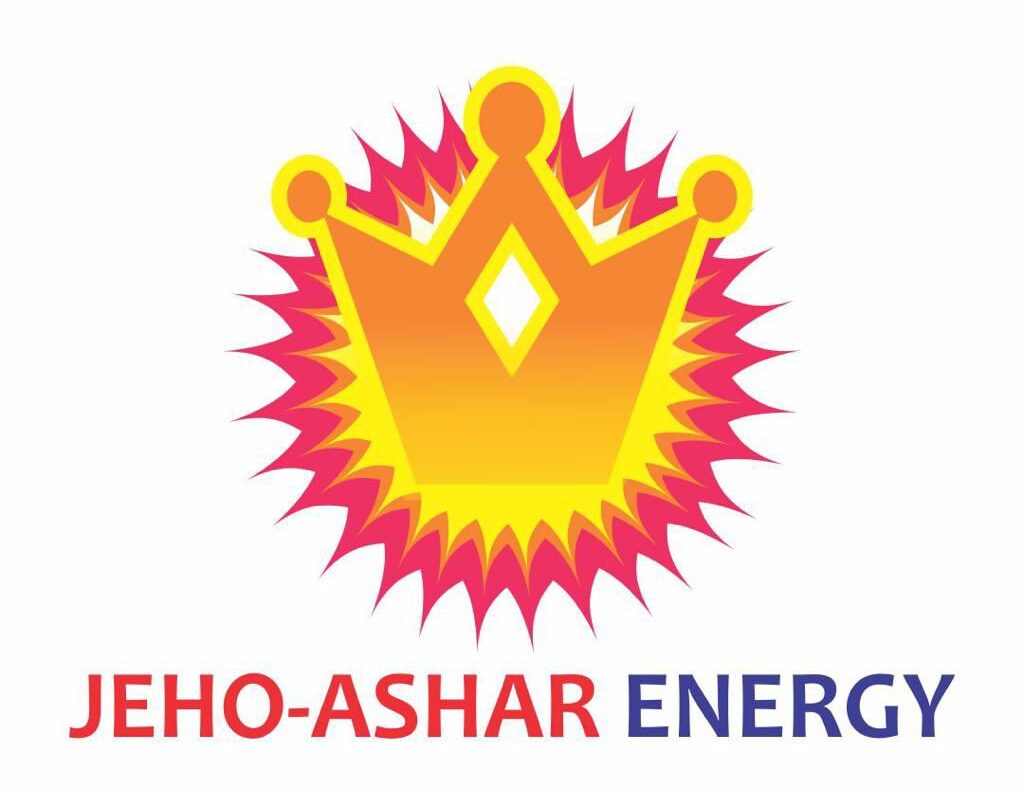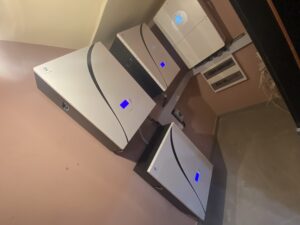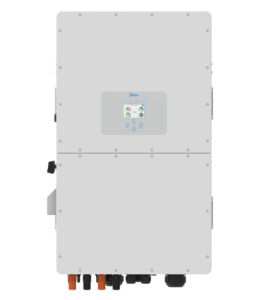🛠️ Jeho Ashar Solar Energy – Installer’s Field Manual
Step-by-Step Guide to Installing Solar Panels
🔹 Step 1: Site Inspection and Planning
What to Check:
- Roof Direction: South-facing is ideal (in the Northern Hemisphere).
- Sunlight Availability: No shade from trees or buildings.
- Roof Space: Enough area for required panels.
- Tilt Angle: Preferably equals local latitude.
- Structural Strength: Roof must support panel weight.
Tools:
- Measuring tape
- Compass or smartphone app
- Sun-tracking app (e.g., Sun Surveyor)
🔹 Step 2: System Sizing & Design
How to Size:
- Get the customer’s monthly usage from their bill (e.g., 150 kWh/month).
- Convert to daily usage:
150 ÷ 30 = 5 kWh/day - Assume 5 sun hours/day:
- Needed: 5 kWh ÷ 5 hrs = 1 kW system
- If 1 panel = 400W → need 3 panels minimum.
Choose System Type:
- Grid-Tied
- Off-Grid (requires batteries)
- Hybrid (grid + battery)
🔹 Step 3: Mounting the Structure
Steps:
- Mark drill points on roof rafters.
- Apply sealant before drilling.
- Fix L-brackets using stainless bolts.
- Attach aluminum rails to brackets.
- Check alignment and tilt angle.
Tips:
- Use corrosion-resistant fittings.
- Space rails evenly across all panels.
🔹 Step 4: Panel Installation
Steps:
- Lift panels carefully onto rails.
- Align mounting holes.
- Use clamps/clips to secure panels.
- Tighten bolts but avoid cracking the frame.
Safety:
- Wear gloves & helmet.
- Use harness if roof is sloped.
🔹 Step 5: Electrical Wiring (DC)
Series vs. Parallel:
- Series = more voltage
- Parallel = more current
Steps:
- Connect panel wires using MC4 connectors.
- Route all wires into conduit.
- Label positive (+) and negative (–).
Cables:
- Use 4mm² or 6mm² DC-rated solar cables.
🔹 Step 6: Inverter Setup
Location:
- Install near the main distribution box.
- Ensure ventilation and avoid sunlight.
Steps:
- Connect DC input (from panels).
- Connect AC output (to home breaker).
- Connect grounding wire.
🔹 Step 7: Battery & Charge Controller (If Off-Grid or Hybrid)
Steps:
- Install batteries in cool, dry location.
- Connect charge controller:
- Panels → Controller → Battery
- Use proper fuses and breakers.
Battery Care:
- Never overcharge.
- Avoid deep discharging (below 20%).
🔹 Step 8: Final Wiring and Protection
What to Include:
- DC isolator (between panels and inverter)
- AC isolator (between inverter and grid)
- Properly rated breakers and fuses
- Grounding rod
Labels:
- Label all wires and isolators clearly.
🔹 Step 9: Testing and Commissioning
What to Test:
- Voltage from each panel string
- Inverter startup & error messages
- Output to AC panel
Tools:
- Multimeter
- Clamp meter
- Solar generation app (if supported)
🔹 Step 10: Monitoring & Maintenance
Ongoing Care:
- Clean panels every 1–2 months
- Check inverter regularly
- Inspect connections every 6 months
Monitoring:
🔐 Important Safety Tips
- Always turn off power before handling wires.
- Wear safety gear on roofs.
- Don’t install during rain or wet conditions.
- Secure all wiring in conduit.




